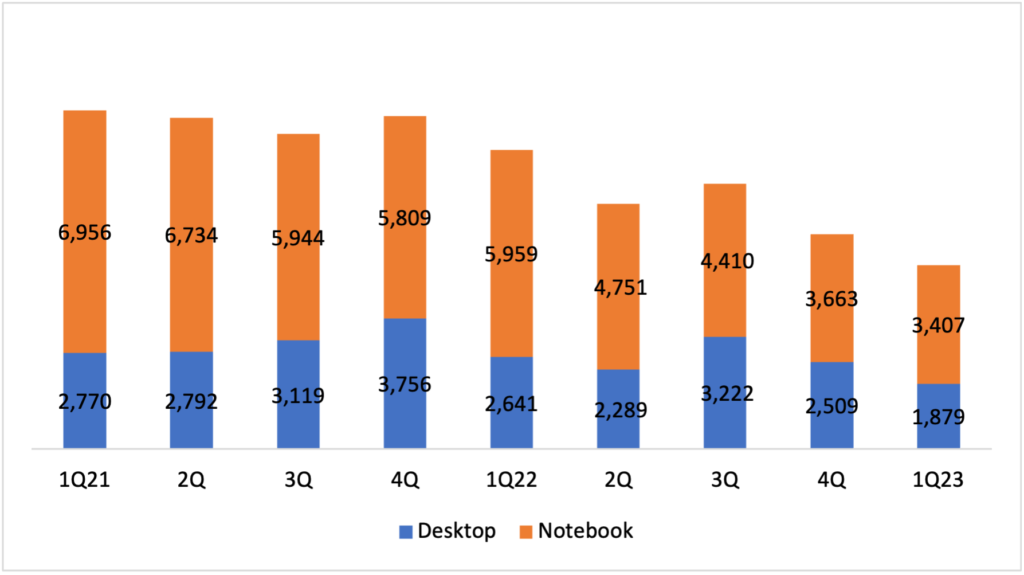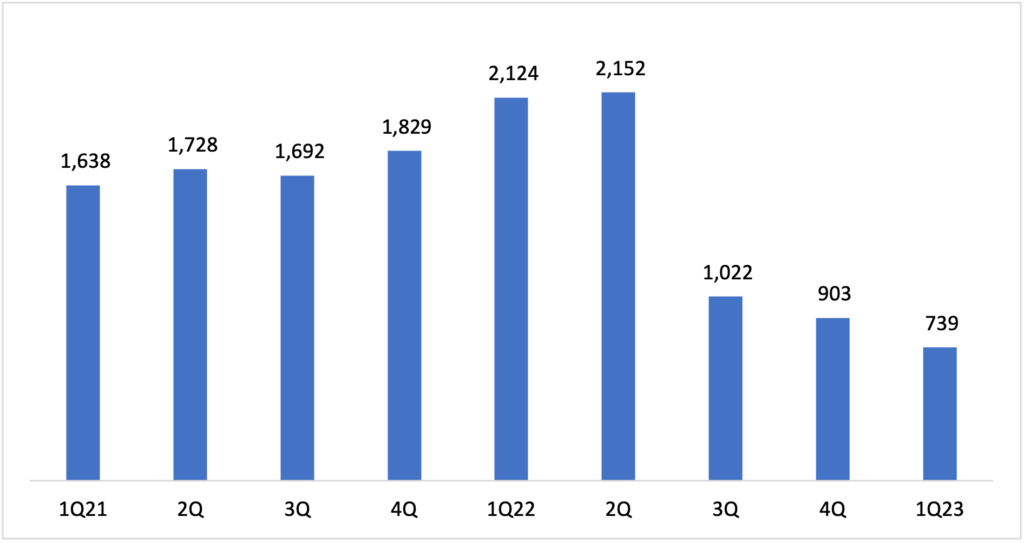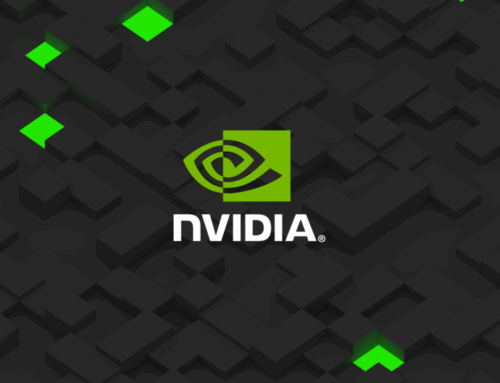July_GAI Topic|Analyzing the market competition among Intel, AMD and NVIDIA from the perspective of computing architecture development (Up)
Discussions about the rivalry between Intel and AMD are not new, and NVIDIA has always been a dominant player in graphics processing units (GPUs). However, the recent boom in generative AI and soaring demand for data centers has led to a comparison of the three chip vendors and their supply chains. The recent rise in the use of the Arm architecture for server CPUs and the combined effects of the three companies' respective acquisition strategies have led to a lot of discussion about the recent performance of the three chipset vendors. Looking at the current situation, NVIDIA's insistence on the long-term development of the CUDA architecture has laid a solid foundation for NVIDIA's recent good performance. In a very competitive market, the company's strategic behavior is very important. As we enter the third quarter of 2023, the global economy is still struggling to get out of the recessionary quagmire, and most of the world's major chip makers are experiencing revenue declines, with Intel being eroded and swallowed up by AMD in recent years, and coupled with the unfavorable external environment, the revenues of all of its major product lines have all experienced significant declines. Of course, AMD and NVIDIA, the two major vendors, also showed a decline in revenue in the first quarter of this year. As Intel and AMD have made a number of changes to the composition of their revenue in recent quarters, it is possible to further see the revenue and profitability of Intel and AMD's key product lines.
Figure 1. Intel Desktop and Notebook Revenue Performance (Unit: $Million)

Source:Intel;Collated by Ji-Pu Industrial Trend Research Institute 2023/07
Figure 2. AMD Client Revenue Performance (in millions of U.S. dollars)

Source: Collated by AMD Chi-Pu Industry Trend Research Institute 2023/07
*Note: The revenue includes CPU and GPU product lines for notebook and desktop computers.










